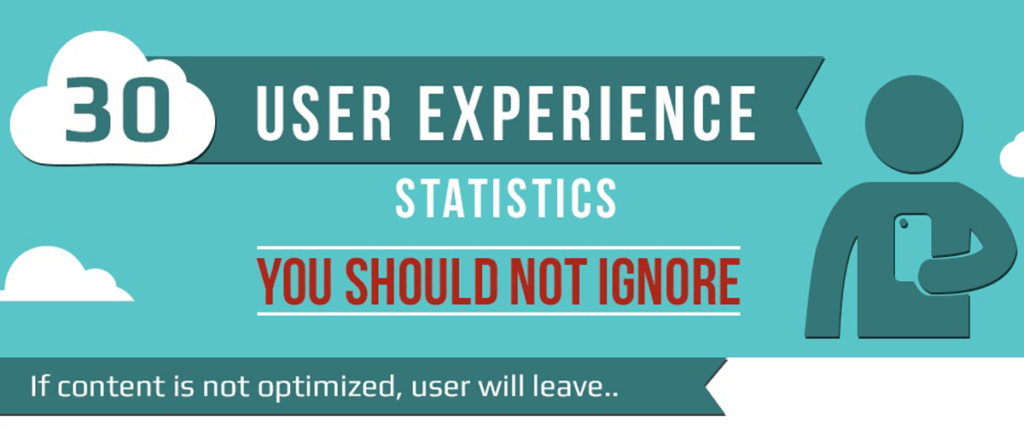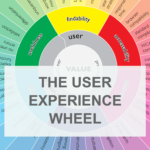30 amazing User Experience statistics that show the potential of continually testing and developing the UX. People are inundated with content. We now have more media than ever before and the problem is that much of it is ‘thin’ – not useful or relevant or focused on the user. Another problem is that a lot of content is advertising and people are tuning it out (Forrester).
Neuroscience has become a way to optimise not only content, in particular ads, but the overall user experience.
The techniques used in neuroscience are:
- Electroencephalography (EEG) to measure brain activity
- Galvanic Skin Response (GSR) to measure skin conductance
- Eye Tracking to quantify visual attention
- Computerised micro-Facial Expression Encoding to capture every smile and smirk.
The combination of signals gives provides deep insights into what content captivates people? How much? And exactly when (down to the second)? It shows points of pain as well. So moments in the user experience that are a problem.
The science now shows that you can’t just design and hope your idea works. Data driven decisions are now a vital part of the user experience design.
User Experience Statistics Infographic
The importance of the interface that a customer sees and experiences is vital to how the brand is perceived. More importantly as companies increasingly introduce web services or sell online, the digital user experience becomes a critical part of acquiring customers.
Websites have become more accessible to SMB’s and SME’s alike. Traditionally companies have outsourced the design of their websites to web design companies. The rising problem now though is that these agencies are often ill equipped to undertake the research necessary to understand the customer.
The website is a vital part of the customers experience with the business. But it is only one part and therefore it needs to integrate, facilitate and align with the other parts of the customer experience. Customers expect companies now not just to have a website, and for that site to be mobile friendly and fast, they expect much more.
In May 2015 polling by Harris Poll for Lithium, 82% of US corporate executives said that customers’ expectations of their company were “somewhat” (47%) or “much” (35%) higher than they were three years ago. And it’s not easy to keep up, as nearly six in 10 said it was “somewhat” (50%) or “very” (9%) difficult for their company to please customers.
For anyone who may still be on the fence about the importance of your website’s user experience, Experience Dynamics, a usability consulting firm, compiled a list of 30 user experience statistics that can’t be ignored.
The team gathered statistics from industry experts such as Adobe, Quick Sprout, and Google and put together a share-worthy infographic.
Here are a few highlighted stats from the infographic:
- 52% of users said that a bad mobile experience made them less likely to engage with a company.
- Mobile users are 5 times more likely to abandon a task if a site isn’t optimised for mobile.
- Video helps persuade 73% of people to buy a product or a service.
- 60% Consumers feel more positive about a brand after consuming content from it.
- 70% of consumers learn about a company through their blog rather than ads.
- 79% of people who don’t like what they find on one site will go back and search for another site.
- 48% of users say they feel frustrated and annoyed when on sites that are poorly optimised for mobile.



